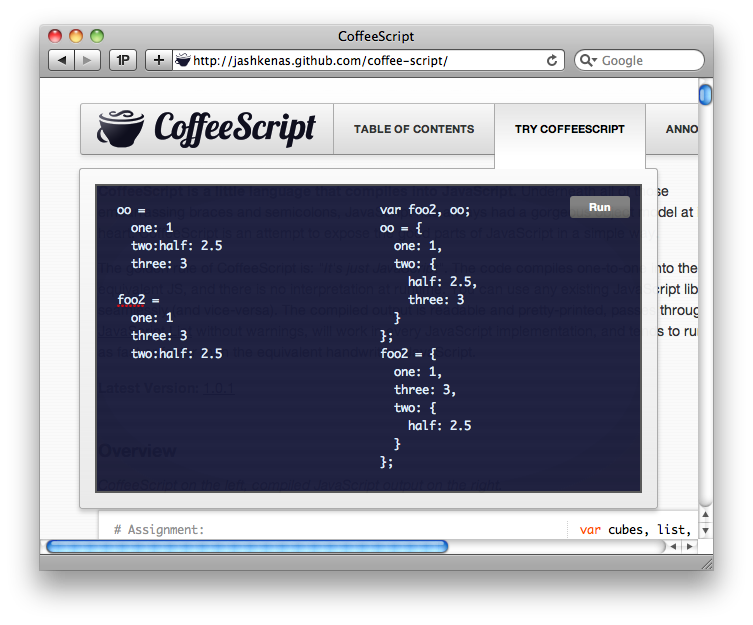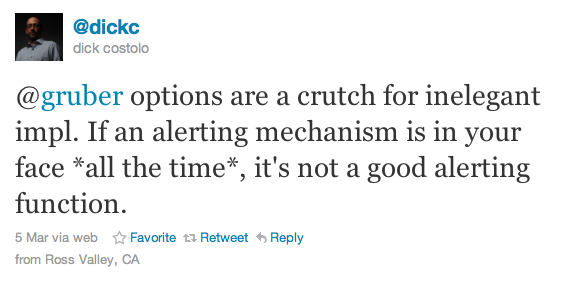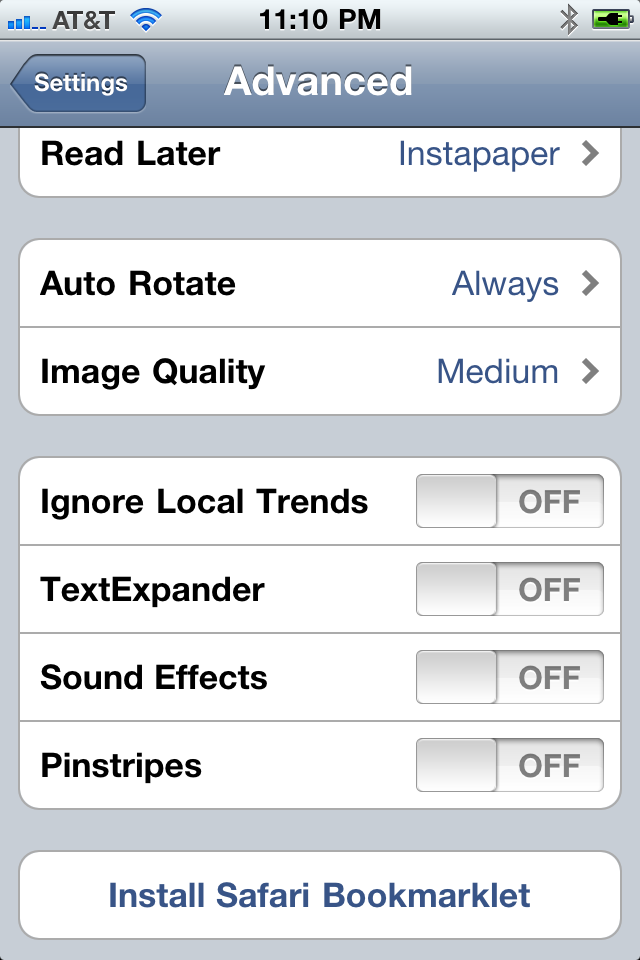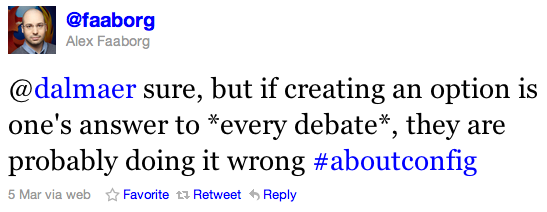An Epic conversation between Steve Jobs and developers from WWDC 97
It is always fantastic to get a blast from the past, and DHH linked to a conversation between Steve Jobs’ and developers from WWDC in 1997.
I find it fascinating. Steve was back as an advisor, but not in as CEO yet, so he talks about Apple in a very specific way…. and all throughout his time he keeps saying “my opinion is …. but I am not in charge”.
At one point, he mentions the frustration that people can have when they are perceived in one way, based on an old version of themselves. Or maybe an incorrectly perceived old version. The context for this is how the press or wall street was looking at Apple with year old glasses.
In this video, we get to see an older Steve, with immense skills. It is enjoyable to pick out the genesis of the Apple transformation, and visionary aspects of what happened. It is equally interesting to see where the vision didn’t bear fruit.
My highlights were:
- It was fun to see Steve talk about Rhapsody and how developers can go cross platform! In response to a developer asking why they should write for Mac he said: “If you could write that software 5 to 10 times faster, and you could deploy it to Mac’s and PCs, would that be of interest to them?” Of course, Rhapsody didn’t work (which is why Steve may have flipped the bit on cross platform?)
- Steve was spot on when he discussed the “Mythical Man Month”, and how he feels a new stack needs to help you abstract so small teams can do amazing things. He discussed how you can compete with Microsoft with apps as large software becomes hard to scale. He also talks about Lighthouse (bought by Sun, with Jonny Schwartz) and how a small team of 18 people produced an amazing suite of products.
- Steve was coming out of a world where he had a personal T1, and his home directory lived in the cloud via NFS. He talks about having a computer that is just a keyboard and mouse. The “network computer” was strong in him (and Larry Ellison, and Sun) and he talked about it in a way that is much closer to Chrome OS than to iOS. iCloud is finally getting there, but in a different way.
- Newton and focus. Focus came up frequently. Steve talked about how he thinks Newton should be shot NOT because it sucks… but because he couldn’t see a way for Apple to maintain MacOS, Rhapsody, and Newton’s OS. He did also talk about how the fact that Newton wasn’t network connected made it useless for him. “The high order bit of connectivity. Being in touch to a network. I don’t think the world is about keeping my life on this little thing and IRing it to a base station. It needs a keyboard, and you need to be connected to the net. So if someone would make a thing that is connected with a keyboard I would love to buy one! I don’t want a little scribble thing.”
- CLONE WARS: “I believe that Apple should license everything. But I think they should get a fair price for it.” Funny to see Steve talking about licensing.
- “Being proprietary in everything we do has really hurt us, a lot of smart people don’t work at Apple too.” Love see him talking about proprietary.
- Steve talked about how engineering management was broken, and so great engineers were not working on the right things. Great technology isn’t the high end bit either. You have to work from the product backwards.
- Steve cares about productivity. He mentioned how he sees Apple using crap tools (Eudora for email) and that if they would give the org a decent email system they could be 30% more productive.
- Steve kept saying “it doesn’t matter what I say”. A funny time, before he was CEO, but you can see it unravelling.
- Fun to see Steve pimping and trying to get devs excited, at a time where they didn’t have the marketshare. Now the game is quite different.
- Steve is someone with great taste…. but even he wore patched jeans!
A great chat, and I am glad it was recorded for us to see the master at work. I hope that we have many more years of this.











